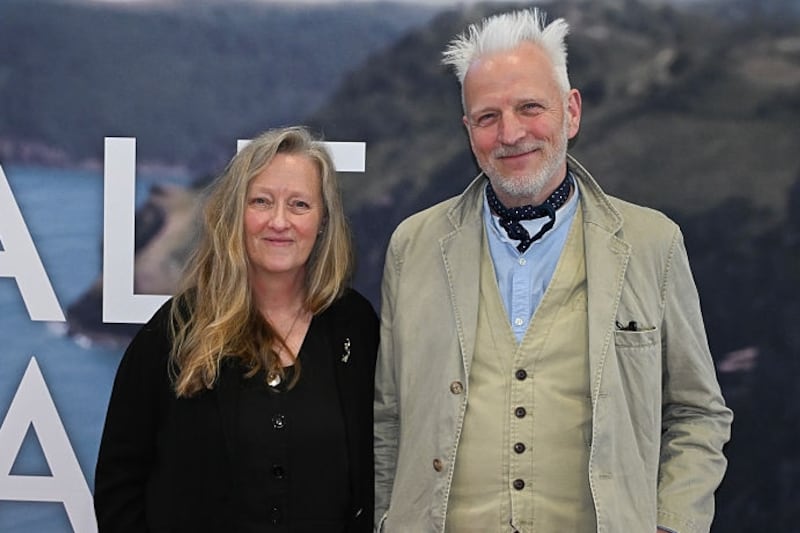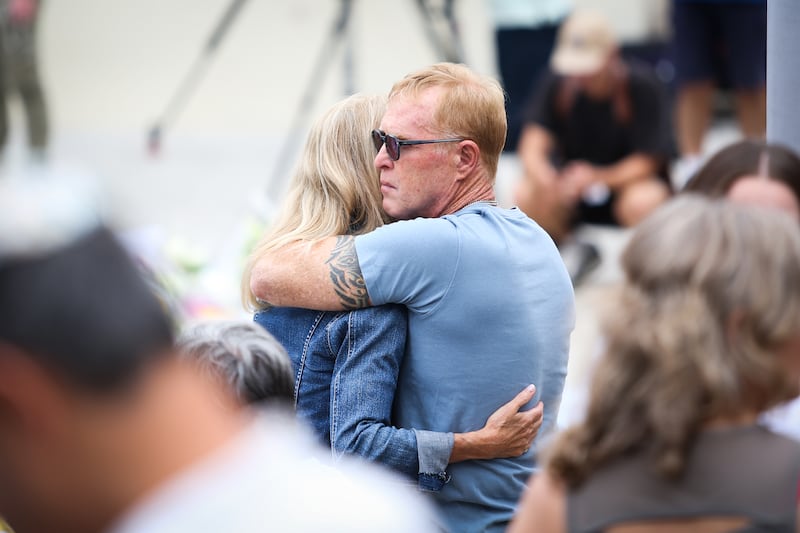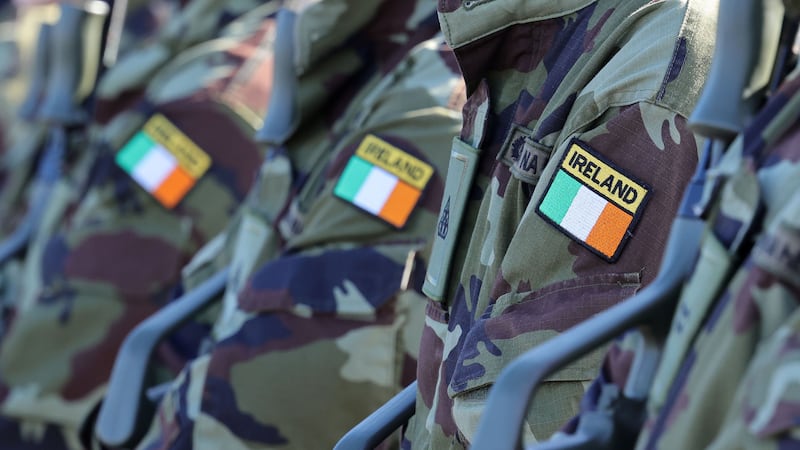I vividly remember where I was when the reality of death first struck me. Somewhat fittingly, I was sitting in a church pew surrounded by bleeding statues with outstretched hands and tiny yet graphic depictions of Jesus’s final terrestrial journey through the Stations of the Cross. I was six or seven and it was wintry and dark outside. We were regular attendees of the 7.30pm Mass on a Saturday because it cleared the way for peeling potatoes and making sure the mushy peas were properly soaked in advance of the Sunday roast. While I’m making confessions I might as well add that when we did go to Mass on a Sunday we often left after communion to beat the rush at the village shop and get the cream for the flan case. Forgive me father, for I have sinned.
Usually, the liturgy just washed over me as I dutifully droned along with what sounded like word salad to me: “God from God, light from light, true God from true God, begotten not made ...” That evening though, I tuned in. A recent death in the extended family had put the frighteners up me and I started to make the connection between what the priest was saying and what was happening to himself in the coffin. All at once the reality of dying stone dead and being planted in the ground forever assaulted my little brain. The statues were looming and the priest was incanting about eternal damnation and eternal sleep. There, sitting on that pew, I had my first glimpse into the pit of doom.
To seven-year-old me the pit of doom represented the darkness of closing your eyes for the final time. I was pumped full of the church’s teachings about heaven and more specifically the kids’ version with a stern yet ultimately lenient St Peter and clouds full of puppies and Jesus and sweets, but none of that penetrated the abject fear of that evening.
I became inconsolable in the church, flooded with the realisation that everyone was going to die and there was nothing I could do to stop it. The nothingness terrified me, and I fretted that I was going to be scared and worried about it for the rest of my life, and what kind of life would that be? Learning and worrying about death at that age is fairly textbook behaviour, and while it definitely caused me anxiety for a while, I didn’t spend every waking hour of the next 30 years stressing in the same way.
Kneecap at 3Arena: A rambunctious and humorous set with heartfelt moments
From TY project to €200,000 turnover: how a Dublin teenager built a global haircare brand
The Salt Path Scandal review: A remarkable tale pieced together using old-school gumshoe journalism
In Pictures: Bondi Beach after the Hanukkah gathering massacre
Death did continue to visit me, most significantly with the death of my father when I was 27 and he was 60. Even with the knowledge that he was dying I didn’t return to the fear I had felt in the church that night. Instead, I focused on the unbearable reality that he knew he was dying. I witnessed him go through fear and sadness about the inevitability and I struggled to cope with it for a long time. I eventually found comfort in some idea of an afterlife when we would meet again, joined by the favourite family dog, youthful again sans smelly ears and milky ancient Labrador eyes.
At my lowest I searched online and in real life for any indication that I wasn’t alone in my mind-bending hopelessness
In my 30s my relationship with death changed again; it became a friend. I’m cautious in writing about this because it can be intensely triggering, but I’m hopeful it will have the opposite effect and provide safety in numbers. In my thirties the hopelessness that had terrified me so much as a child returned with a vengeance, but this time it had a warm and cosy fleece lining. I realised my childhood fear of thinking about death all the time, but I wasn’t necessarily afraid. At my lowest I couldn’t understand why anyone was bothering trying to live their lives when death is so inevitable, and everything is pointless.
Any comfort I had found in belief in an afterlife vanished. I couldn’t get my head around why everyone wasn’t thinking the same way. It’s terrifying, not being afraid of death or, more succinctly, seeing it as a viable option. I became convinced it was a rational way to feel in a world where you’re not supposed to feel like that. It’s horribly lonely to believe something so taboo.
Gradually I found a way off the ledge of the pit, more than once, and I was able to shelve the worst of the despair. I can look back and think “Oof, that was scary”, but I still have the comforting allure of the darkness in my back pocket. I think it’s important to acknowledge that, because there is safety in numbers. At my lowest I searched online and in real life for any indication that I wasn’t alone in my mind-bending hopelessness. Any snippets I found, I clung to, grateful in the knowledge that I wasn’t completely alone. So if you’re reading this and any of it sounds familiar, comforting or safe, feel free to cling on. It isn’t easy but it’s always worth it.
Samaritans’ free helpline is at 116123, or you can email jo@samaritans.ie or jo@samaritans.org Pieta’s free helpline is at 1800-247247, or text help to 51444












